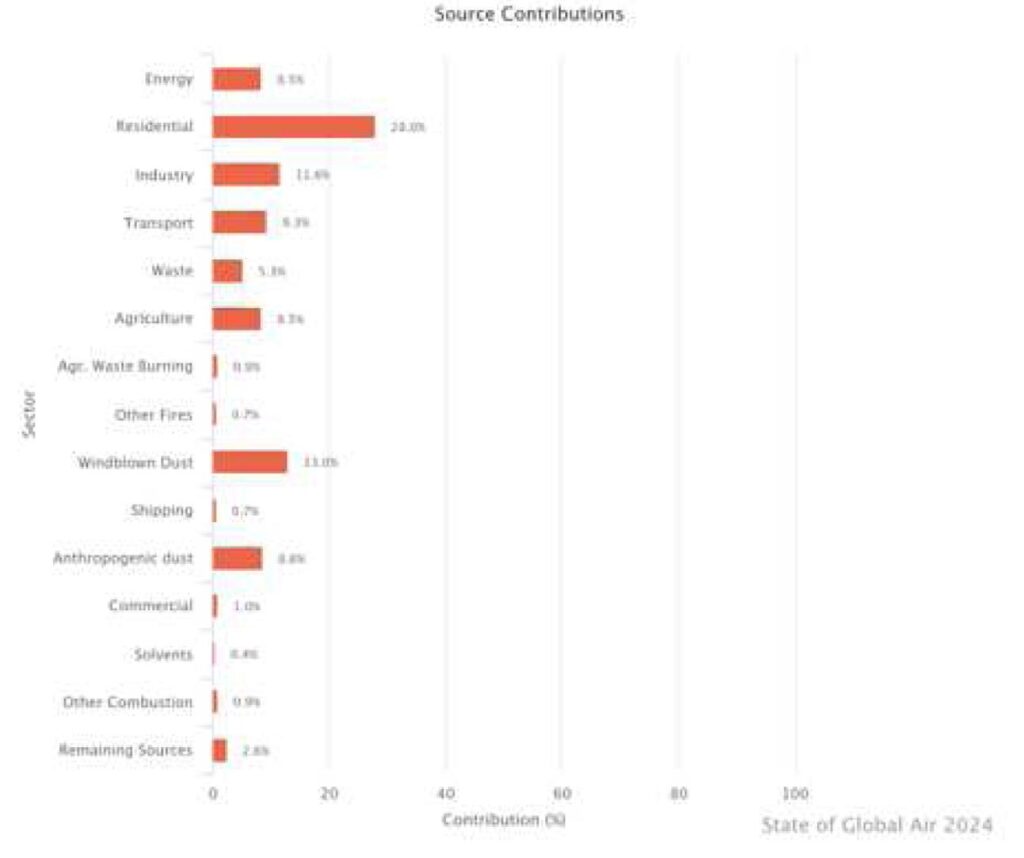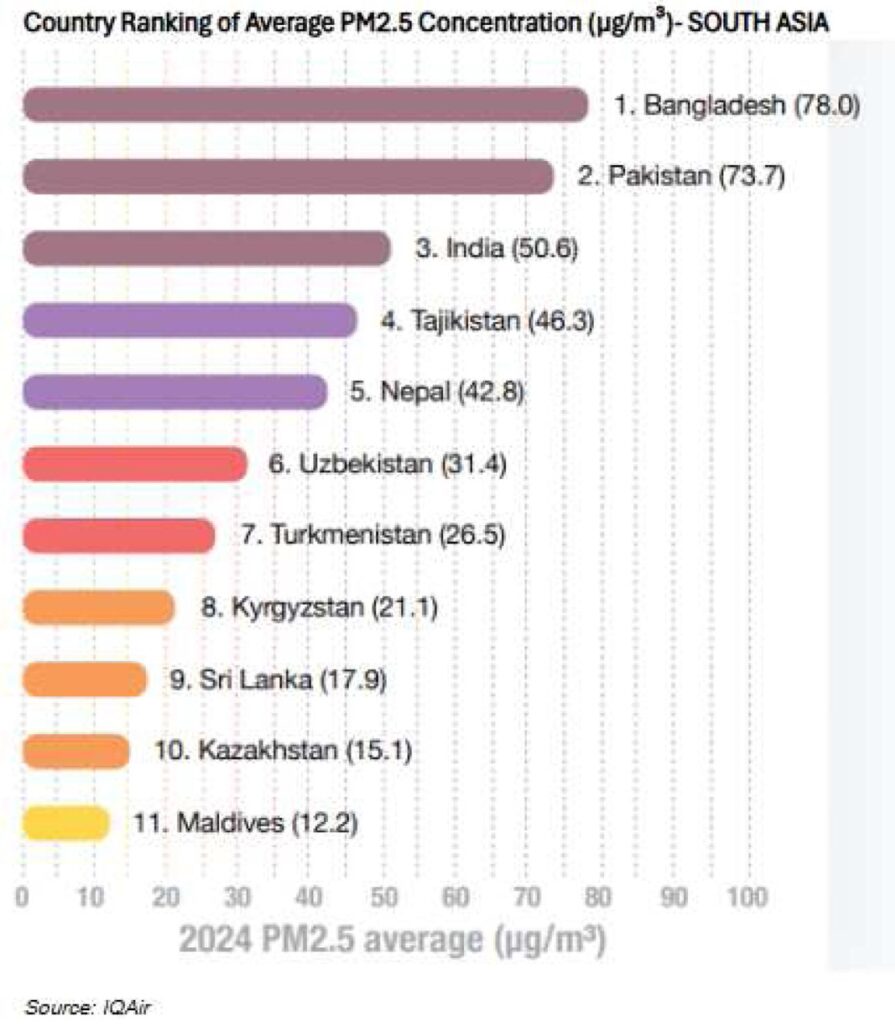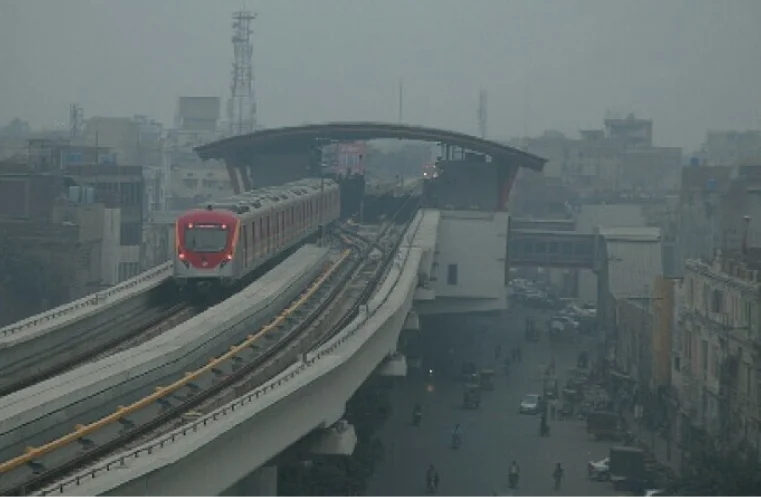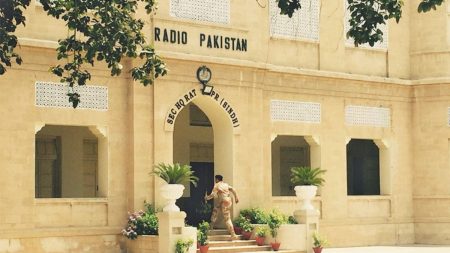Islamabad, March 28: The “2024 World Air Quality Report” presents a grave and alarming assessment of air pollution levels in Pakistan, ranking it among the most severely affected countries globally.
Pakistan has been classified as the third most polluted country, while Islamabad has been identified as the fifth most polluted capital city worldwide.
These findings highlight an urgent environmental and public health emergency that necessitates immediate and sustained intervention.
The “State of Global Air (SoGA) 2024” report further elaborates on the severe health implications of air pollution in Pakistan, documenting a concerning figure of 256,000 deaths attributed to air pollution in 2021.
Particularly distressing is the impact on young children, with air pollution being responsible for the deaths of 68,100 children under the age of five, underscoring the extreme vulnerability of this demographic.
City-specific data in the report paints an even more worrisome picture. Lahore has reached an unprecedented milestone, with its annual average PM2.5 concentration exceeding 100 µg/m³ for the first time in six years.
Other major cities, including Islamabad, Faisalabad, Rawalpindi, and Peshawar, have also witnessed a substantial rise in pollution levels, signifying a broader urban air quality deterioration.
Winter Situation Worsen
The situation worsens during the winter months due to factors such as agricultural stubble burning, atmospheric temperature inversions, and cultural activities, which contribute to an already critical pollution crisis.
A key concern outlined in the reports is the dominance of fine particulate matter (PM2.5) as the primary pollutant.

The sources of this pollution are diverse, spanning vehicular emissions, industrial activities, and household practices such as cooking with solid fuels.
Indoor air pollution remains a particularly pressing issue, endangering the health of children and the elderly, especially in lower-income communities where alternative cleaner energy sources are not readily available.
Read More: Pakistan’s capital struggles with deadly Air quality
While both reports provide commendable recommendations to tackle the crisis—including expanding air quality monitoring networks, implementing stricter emission controls, advancing cleaner industrial practices, and shifting towards renewable energy—there is limited discussion on the structural obstacles hindering effective implementation in Pakistan.
Key Challenges
Key challenges include inadequate policy enforcement, systemic corruption, and the lack of political will, particularly when addressing the interests of influential industrial and agricultural sectors.
The reports briefly acknowledge the role of community-driven monitoring initiatives, yet they do not emphasize their full potential in strengthening governmental air quality management systems.
Given Pakistan’s constrained resources, integrating community-led efforts into national policies could enhance data collection, promote public ownership of environmental concerns, and encourage stronger grassroots advocacy, leading to more effective action.
Moreover, while the proposed solutions are comprehensive, they must align with the economic realities of the country.

Transitioning industries and the agricultural sector towards cleaner practices demands significant financial investments and infrastructural support, requiring coordinated international cooperation and targeted government incentives.
A more in-depth exploration of financially feasible pathways for a resource-constrained nation like Pakistan would make these solutions more practical and actionable.
The SoGA 2024 report also contextualizes Pakistan’s air pollution crisis within a broader South Asian framework, highlighting shared environmental challenges with neighboring countries such as India and Bangladesh.
Also Read: Punjab Unveils 30 Real-Time Air Quality Stations
However, the severity of the issue in Pakistan demands dedicated and immediate measures.
Ultimately, both the “2024 World Air Quality Report” and the “SoGA 2024” report underscore that air pollution in Pakistan is not just an environmental hazard but a pressing public health crisis that requires well-structured, sustainable, and effective interventions.
To comprehensively address persistent pollution levels, a multifaceted approach is essential—one that takes into account governance structures, economic constraints, and a more robust collaboration between communities and government authorities.









